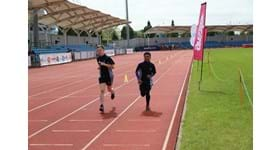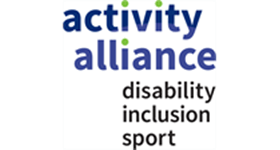Search Results For Data and learning
Data and learning: Long Term Disability and Health Conditions
Those with long term health conditions are half as likely to be active than those without, however, we know that moving a bit more can help prevent some, and manage many, chronic conditions. It can also help reduce the severity or impact of some symptoms. People with long term health conditions face unique barriers related to their condition, as well as societal barriers and a fear that being active might make their health issues worse. It is therefore important to work with communities to co-design solutions that address the specific barriers faced by people with long term health conditions. Here you will find the latest research related to the physical activity and sport levels, motivations and barriers of those with long term health conditions and disabilities.
Data and learning: Children and young people
Less than one in five young people (between the ages of 5-15) are moving for 60 minutes every day. It’s important to build positive attitudes around physical activity early in life to act as the foundation for a healthy life. Families, particularly parents and care-givers, play a big role in shaping children’s attitudes and behaviours toward physical activity. Here you will find the latest research related to the physical activity and sport levels, motivations and barriers of children and young people.
3 results found

New research examines motor competence in children and young people with a visual impairment.

New research from the Activity Alliance has highlighted the differences in activity levels and perceptions of sport and physical activity

New research undertaken by Activity Alliance on non-disabled people’s perceptions and attitudes of disabled people in inclusive activity has shown that there are encouraging signs of an improvement. However, there is a long way to go for the barriers to be broken down, and for inclusive sessions to become the norm.